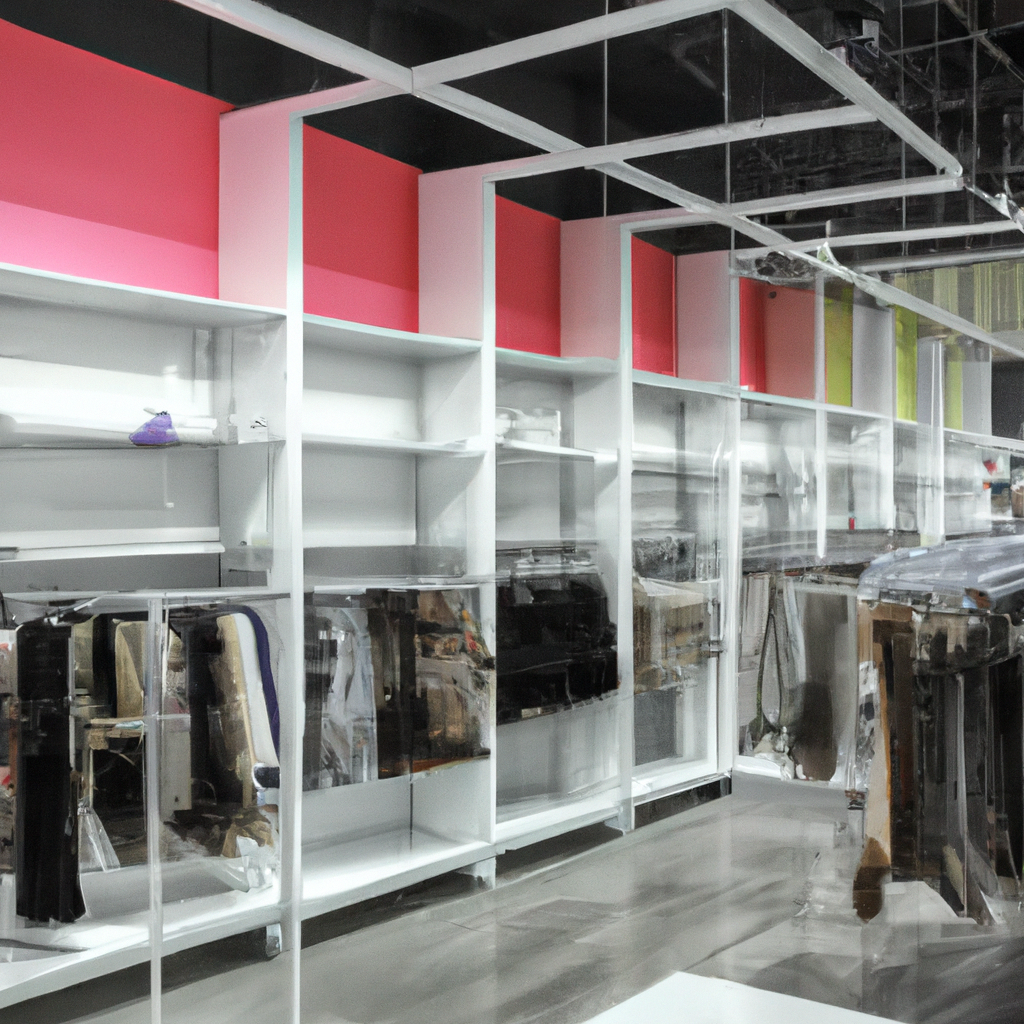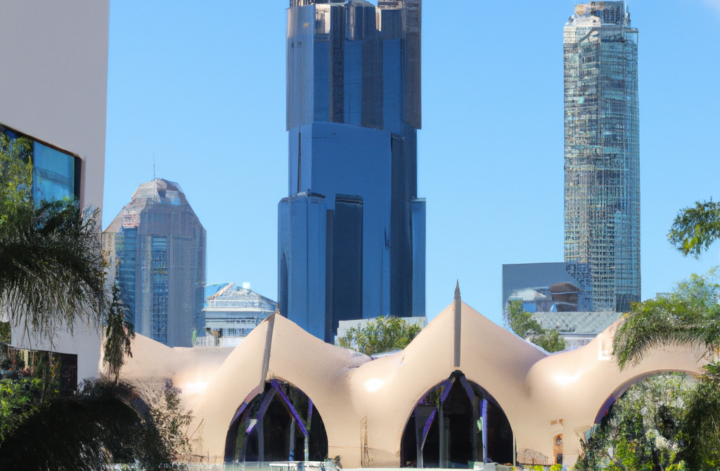In the heart of the bustling city, Rundle Mall stands as a vibrant hub of activity and commerce. This iconic shopping destination draws in locals and tourists alike, creating a unique environment where businesses flourish. In the digital age, understanding and utilizing foot traffic data have become paramount for businesses to thrive. In this article, we delve into the world of foot traffic analysis for shops in Rundle Mall, exploring its significance, methods, challenges, and potential impact on business strategies.
Understanding Foot Traffic Analysis
Foot traffic analysis involves the systematic collection and analysis of data related to the movement of people in a specific area, such as a shopping mall. For shops in Rundle Mall, this data holds the key to understanding customer behavior, preferences, and shopping patterns. By analyzing foot traffic, businesses can make informed decisions to enhance their operations, optimize store layouts, and tailor marketing strategies.

Factors Influencing Foot Traffic
The foot traffic in Rundle Mall is influenced by various factors. The strategic location and accessibility of shops play a significant role. Shops situated near entrances or popular landmarks tend to experience higher footfall. Additionally, seasonal variations and special events can cause fluctuations in foot traffic. Adapting to these changes can help businesses make the most of peak shopping seasons.
Methods of Foot Traffic Measurement
Traditionally, foot traffic was measured manually through headcounts or observation. However, modern technology has revolutionized this process. Wi-Fi tracking and video analytics allow for more accurate and automated data collection. These methods provide real-time insights into customer movement and can even distinguish between passersby and actual store visitors.
Importance of Foot Traffic Analysis for Shops
Analyzing foot traffic is not just about numbers; it’s about understanding human behavior. By deciphering the flow of customers, businesses can optimize their store layouts, strategically position products, and allocate staff resources effectively. This analysis also helps businesses identify underperforming periods and implement strategies to boost foot traffic during those times.
Utilizing Technology for Analysis
Technology-driven foot traffic analysis offers several advantages. It provides a wealth of data that can be processed quickly, revealing patterns that might not be apparent through manual counting. However, concerns over customer privacy and data security need to be addressed. Striking a balance between data collection and privacy is crucial to maintaining customer trust.
Case Study: Enhancing Shop Performance
Consider a boutique clothing store in Rundle Mall that utilized foot traffic data to enhance its performance. By analyzing the data, the store identified specific hours with the highest footfall. They strategically placed their most enticing displays and offered exclusive discounts during these times. As a result, their sales increased significantly, showcasing the power of data-driven strategies.
Optimizing Business Strategies
Foot traffic analysis allows businesses to tailor their strategies based on real data. Marketing campaigns can be timed to coincide with high footfall periods, maximizing their impact. Understanding peak hours also helps in managing staff schedules efficiently, ensuring adequate customer service during busy times.
Predictive Analysis and Future Trends
The potential of foot traffic analysis goes beyond the present. By analyzing historical data, businesses can make predictive insights about future foot traffic patterns. This foresight enables businesses to proactively plan their inventory, staffing, and promotions, staying one step ahead of customer demands.
Challenges in Foot Traffic Analysis
While foot traffic analysis offers valuable insights, challenges exist. Ensuring data accuracy and interpreting the results correctly can be complex. Additionally, maintaining a balance between leveraging technology and providing personalized experiences is an ongoing challenge.
Best Practices for Foot Traffic Analysis
Regular and consistent data collection and analysis are fundamental. Collaborative efforts among businesses in Rundle Mall can lead to a deeper understanding of overall foot traffic patterns, benefiting the entire community. Sharing insights and strategies can contribute to the growth of individual businesses and the mall as a whole.
The Role of Data Privacy
As businesses collect foot traffic data, respecting customer privacy is paramount. Clear communication about data collection practices and obtaining consent can foster trust. Complying with data protection regulations ensures that businesses maintain ethical standards while benefiting from data-driven insights.
Community Impact and Urban Planning
Foot traffic analysis has a broader impact beyond individual businesses. Data collected can influence urban planning and development decisions. By creating an inviting and dynamic environment, Rundle Mall can attract more visitors, leading to a positive cycle of growth and prosperity.
Conclusion
In the vibrant tapestry of Rundle Mall, foot traffic analysis emerges as a powerful tool for businesses aiming to thrive in the modern world. By understanding the movement of people, shops can optimize their strategies, enhance customer experiences, and drive growth. As technology continues to evolve, businesses in Rundle Mall have a unique opportunity to harness the insights gained from foot traffic analysis and create a shopping destination that caters to the ever-changing needs of customers.


